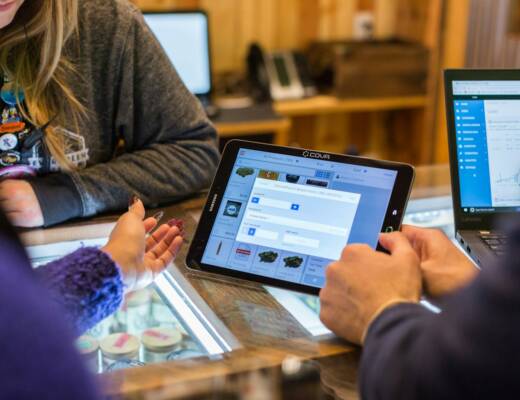Imagine spending decades building a team, turning it into a national brand, moving it to another city — and then a hurricane blowing the whole thing to pieces. This is how you turn into the question, what is customer centric marketing.
That’s exactly what happened to George Shinn, the former owner of the Hornets basketball team, when he moved it from Charlottesville to New Orleans. “Growth means change and change involves risk, stepping from the known to the unknown,” Shinn famously said. Despite being forced to relocate the franchise again to Oklahoma City following Hurricane Katrina, Shinn’s Hornets maintained one of the most loyal fan bases in the NBA.
Behind every successful team, company, or nonprofit is a brand that consumers can connect with. But preferences and trends change, and brands can become stale or outdated. When that happens, they rebrand — but if they’re smart, like Shinn, they do it without alienating their fans.
What is Customer Centric Marketing, and How to Rebrand
Rebranding can be daunting, but it’s also an opportunity to reintroduce yourself. To maintain — and even strengthen — your brand’s existing customer relationships:
1. Start with your “why.”
Rebranding is more than a makeover for your logo; it’s a chance to ensure your company is embodying its goals and values. Before making a change, however slight, ask whether it aligns with your company’s mission and voice.
When CRM and marketing automation provider Ontraport went through a recent rebrand, for instance, it looked back to its mission: to remove the burden of technology so entrepreneurs could stay focused on building their businesses. “Our brand didn’t represent that as best it could,” CEO Landon Ray admits.“When we reworked it, we emphasized simplicity and ease of use.”
2. Make sure customers can relate.
Just like people themselves, brands grow and change. The key challenge is aligning those changes with what existing customers expect from the brand. Successful rebrands balance the old and new, retaining points of rapport while refreshing their look.
One company that’s done so effectively is WeWork. When the co-working startup was launched in 2010, its sole business was leasing office space. But as WeWork expanded, launching a private school called WeGrow and a store known as WeMrkt in 2018, co-founders Miguel McKelvey and Adam Neumann saw it was time for a rebrand. By turning the “We” into a parent brand, WeWork signaled that it was still the inclusive, community-oriented company its customers knew. At the same time, it built a brand scaffold that can accommodate a range of future projects.
3. Ask users about their ideal experience.
When you do something the same way everyday, a sudden change can throw off the entire rest of your day. Done wrong, that’s how a rebrand can feel to loyal customers. Although the panic customers feel when they can’t find your login button is temporary, they may permanently associate that negative emotion with your company.
To avoid shocking users, senior user experience designer Hilary Basch of Tank Design recommends getting their input on how the site should be organized. “They can often say it better than you can because they’re not mired in how it all works behind the scenes,” Basch points out. Additionally, she suggests keeping page labels simple, such as Chewy.com’s “food,” “treats,” and “supplies” subsections of “Shop by Pet.”
4. Build authenticity through technology.
Rebranding is a process, and the in-between stages can get awkward. As your brand builds a new identity, beware that loyal customers may see it as trying to be something it isn’t. Although part of the solution is to stick closely to your original mission, the rest is to use technology as a connective tool.
Yesterday’s companies may not have been able to call every customer to tell them about the rebrand, but today’s can using email and online content. “We’re moving into a world where newer technologies are creating an intimacy with brands like never before,” explains Eric Jones, WP Engine’s vice president of global brand and communications. “[Brands] must increasingly become more human and even more emotional as we develop digital conversational interfaces that work and win.”
You may not be able to predict the market’s hurricanes, but you can batten down the hatches on your brand. Go ahead: Update your logo, refresh your website, and tweak your talking points. Just don’t leave your biggest fans behind in the process.
Related Post: What is the Impact of Customer Centricity?







